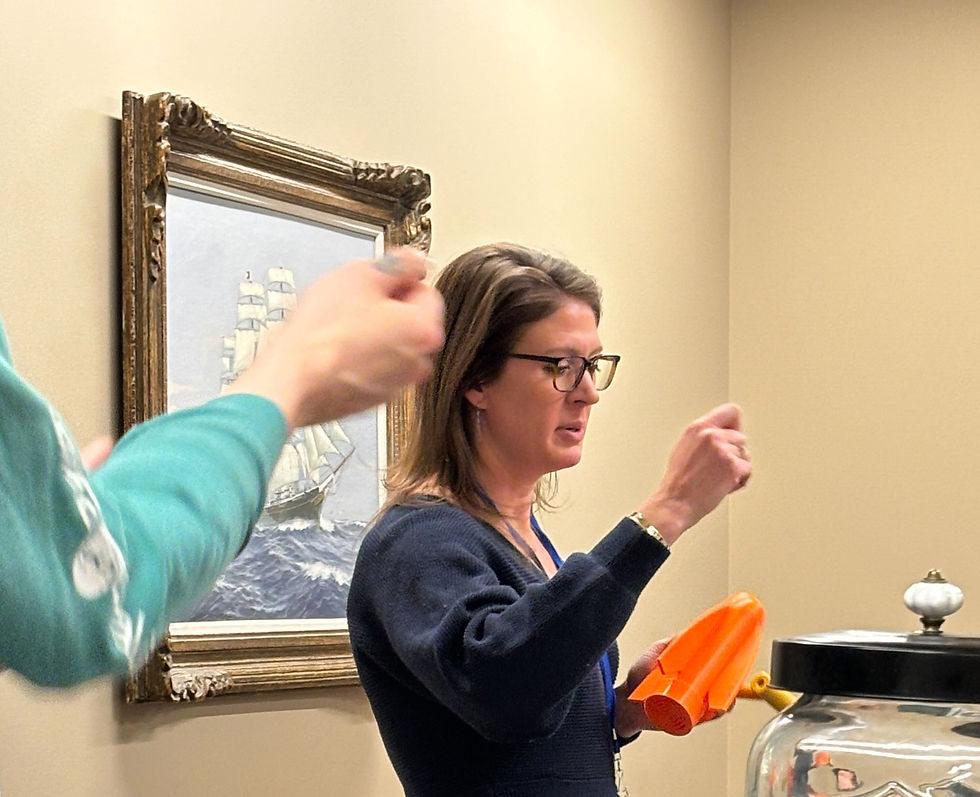- bkamermans8
- Feb 7
- 2 min read
In late January George Anderson, Maggie Harings, Kristen Reece, Maris Goodwin and I hosted an event that occurred around the Alaska Marine Science Symposium January 27-31, 2025 in Anchorage, AK.
This event was a workshop hosted through the Alaska Marine Science Symposium. The in-person event was for those individuals that were interested in meeting to learn more about sample collection, extraction, and amplification of eDNA. For this workshop we invited state agencies (Alaska Department of Fish and Game (ADF&G) and US Fish and Wildlife Service (USFWS)) and tribal agencies (Ivanof Bay Tribe, Aleut Community of Saint Paul, Alutiiq Pride Marine Institute, Chignik Intertribal Coalition members, Chickaloon Native Village) to come together and learn more about eDNA.
The full-day workshop with hands-on learning modules was open to everyone.

Dr. Jessica Glass presented on the use of PESCA device, developed by her and colleagues, that is a novel tool used for the sampling of environmental DNA (eDNA) from water bodies in a way that's efficient, portable, and less prone to contamination. It stands for "Passive eDNA and Sediment Collection Apparatus", and the device has been designed to improve the practicality and accuracy of collecting eDNA samples from aquatic environments, particularly in the field.

Master's student Maggie Harings presented on how to use the Smith-Root eDNA citizen science sampler. Maggie recently published a protocol for the use of this device.

Participants said that the workshop was helpful and we provided information to community about how environmental DNA can be used for actionable science.
